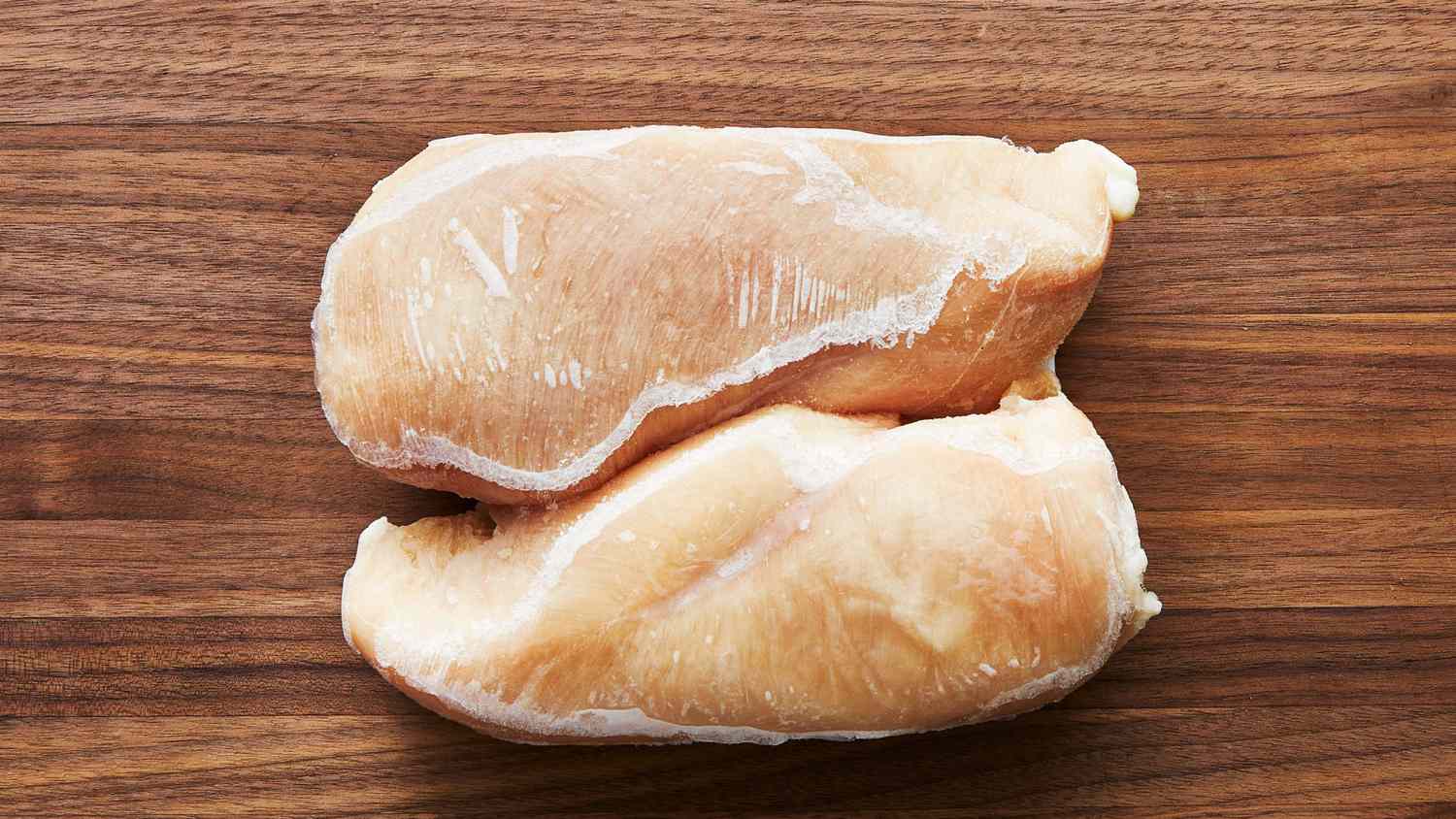

Articles
How To Store Raw Chicken In Freezer
Modified: January 7, 2024
Discover effective strategies and tips in this informative article on how to properly store raw chicken in the freezer for maximum freshness and safety.
(Many of the links in this article redirect to a specific reviewed product. Your purchase of these products through affiliate links helps to generate commission for Storables.com, at no extra cost. Learn more)
Introduction
Properly storing raw chicken in the freezer is essential for maintaining its quality and ensuring its safety for consumption. Whether you’re stocking up on chicken during a sale or you have leftovers from a meal, knowing how to store raw chicken in the freezer can help you prevent food waste and ensure that you always have a supply of chicken on hand for future meals.
When raw chicken is not stored correctly, it can be at risk of bacterial growth, leading to foodborne illnesses. It’s crucial to handle and store raw chicken with care to minimize the potential health risks and maintain its freshness. In this article, we will guide you through the process of storing raw chicken in the freezer correctly, ensuring optimal flavor and safety.
Key Takeaways:
- Properly storing raw chicken in the freezer is crucial for maintaining its quality, preventing foodborne illnesses, and maximizing its shelf life. Follow the recommended steps to ensure safe and delicious frozen chicken for future meals.
- Thawing frozen raw chicken properly is essential to ensure even cooking and minimize the risk of bacterial growth. Implement best practices such as proper packaging, temperature control, and FIFO method to maintain the quality of frozen chicken and maximize its shelf life.
Read more: How To Store Raw Chicken
Importance of Properly Storing Raw Chicken
The importance of properly storing raw chicken cannot be overstated. By following the appropriate storage methods, you can prolong the shelf life of the chicken and prevent harmful bacteria from multiplying. These bacteria, such as Salmonella and Campylobacter, are commonly found in raw poultry and can cause foodborne illnesses when ingested.
One of the key reasons for proper storage is to maintain the quality and taste of the chicken. When chicken is not stored correctly, it can develop freezer burn, which leads to dry and tough meat. Proper storage helps to preserve the natural flavor and texture of the chicken, making it more enjoyable to eat.
Furthermore, when you store raw chicken properly, you can prevent cross-contamination with other foods in your freezer. Raw chicken contains harmful bacteria that can easily transfer to other items if they come into contact. By keeping the chicken securely wrapped and separated from other foods, you reduce the risk of bacterial spread and potential food poisoning incidents.
Proper storage of raw chicken is also essential from an economic perspective. By storing chicken correctly in the freezer, you can avoid wastage and maximize the use of your food resources. The freezer acts as a preservative, allowing you to store chicken for extended periods without compromising its quality, so you can take advantage of bulk purchases or leftovers.
Overall, proper storage not only ensures the safety and taste of raw chicken but also prevents food waste and saves you money in the long run. Now that we understand the importance, let’s move on to the steps involved in preparing raw chicken for freezing.
Preparing Raw Chicken for Freezing
Before you can store raw chicken in the freezer, it’s important to properly prepare it. This involves a few simple steps to ensure that the chicken stays fresh and maintains its quality during freezing. Here’s how to prepare raw chicken for freezing:
- Start by selecting high-quality chicken. Choose chicken that is fresh, preferably within the expiration date. Look for chicken that has a firm texture, no unpleasant odor, and is free from any discoloration or visible signs of spoilage.
- Remove any packaging or wrapping from the chicken. If the chicken is in a tray or wrap, carefully unwrap it and discard any absorbent pads or plastic covers. You want to store the chicken in airtight packaging to prevent freezer burn.
- Rinse the chicken under cold running water to remove any dirt, debris, or excess blood. Pat it dry with paper towels to remove any excess moisture. Moisture can cause ice crystals to form, which can degrade the quality of the chicken during freezing.
- Cut the chicken into desired portions, if necessary. You can choose to freeze the chicken in whole pieces or slice it into smaller portions suitable for your future needs. Be sure to use a clean knife and cutting board, and sanitize them afterward to avoid cross-contamination.
- Season the chicken, if desired. You can marinate or season the chicken before freezing to enhance its flavor. Place the chicken in a resealable plastic bag or airtight container, add your preferred seasonings, and massage them into the chicken. This step is optional but can add flavor to your dishes later on.
By following these steps, you can ensure that your raw chicken is properly prepared for freezing. Now that the chicken is ready, let’s explore the different wrapping methods and storage containers for raw chicken in the freezer.
Wrapping Methods for Raw Chicken
Choosing the right wrapping method for raw chicken is crucial to maintain its quality and prevent freezer burn. Freezer burn occurs when moisture is lost from the chicken, causing it to become dry and dehydrated. Here are several effective wrapping methods to consider:
- Plastic wrap: One of the simplest and most common methods is using plastic wrap. Start by placing the chicken on a sheet of plastic wrap and tightly wrap it, ensuring there are no air pockets. Wrap it in multiple layers for added protection. Plastic wrap helps to seal in moisture and prevent air from reaching the chicken.
- Freezer bags: Another popular option is using freezer bags. Select high-quality, food-grade freezer bags that are sturdy and have a tight seal. Place the chicken inside the bag, remove any excess air, and seal it securely. For added protection, you can double-bag the chicken using two bags, ensuring there are no leaks or openings.
- Vacuum-sealed bags: Vacuum-sealed bags are a great option if you have a vacuum sealer. These bags remove all the air from the package, creating an airtight seal around the chicken. Vacuum-sealing helps to prevent freezer burn and extends the shelf life of the chicken. Follow the manufacturer’s instructions for vacuum-sealing the chicken properly.
- Foil wrapping: Foil wrapping is another method that can help protect the chicken from freezer burn. Wrap the chicken tightly in aluminum foil, ensuring all surfaces are covered. Foil wrapping provides a barrier against air and helps retain moisture in the chicken.
Regardless of the wrapping method you choose, make sure that the chicken is tightly sealed and there are no gaps or openings that can allow air to enter. This will help maintain the quality of the chicken during freezing and ensure it stays fresh for a longer period of time.
Now that you know how to wrap the chicken, let’s explore the recommended storage containers for storing raw chicken in the freezer.
Recommended Storage Containers for Raw Chicken
Choosing the right storage containers for raw chicken is essential to maintain its quality and prevent cross-contamination. Here are some recommended storage containers for freezing raw chicken:
- Plastic freezer containers: Plastic freezer containers are durable, leak-proof, and designed specifically for storing food in the freezer. Look for containers that are BPA-free and have tight-fitting lids. These containers are convenient for storing both whole chicken pieces and smaller portions.
- Resealable plastic bags: Resealable plastic bags are a versatile and space-saving option for storing raw chicken in the freezer. They are easy to stack and allow for efficient use of freezer space. Choose freezer-grade bags that are thick and can withstand low temperatures. It’s important to remove as much air as possible before sealing the bags to prevent freezer burn.
- Glass containers with airtight lids: Glass containers are another excellent choice for storing raw chicken. They are non-reactive, non-toxic, and can be used repeatedly. Look for containers with airtight lids to ensure that the chicken stays fresh and secure. Glass containers are ideal for portioning chicken and can easily go from freezer to oven for convenient cooking.
- Vacuum-sealed bags: As mentioned earlier, vacuum-sealed bags are great for storing raw chicken. These bags remove air from the package, protecting the chicken from freezer burn and extending its shelf life. Make sure to use bags specifically designed for vacuum sealing and follow the instructions provided by the manufacturer.
When selecting storage containers, it’s important to consider their durability, ease of use, and ability to prevent moisture and air from entering. Remember to label each container with the date of freezing to keep track of the chicken’s freshness.
Now that you know about the recommended storage containers, let’s move on to the importance of labeling and dating raw chicken packages.
When storing raw chicken in the freezer, make sure to place it in an airtight container or resealable freezer bag to prevent freezer burn and contamination. Label with the date to keep track of freshness.
Read more: How Long Does Raw Chicken Last In Freezer
Labeling and Dating Raw Chicken Packages
Labeling and dating raw chicken packages is an important step to ensure food safety and organization in your freezer. Properly labeling and dating the packages allows you to keep track of the chicken’s age and use it within the recommended time frame. Here are some important considerations when labeling and dating raw chicken packages:
- Use waterproof labels: When labeling raw chicken packages, it’s essential to use waterproof labels or permanent markers. This helps ensure that the labels won’t smudge or fade due to moisture from the chicken or any condensation in the freezer.
- Include the date of freezing: Clearly indicate the date when the chicken was frozen on each package. This helps you keep track of how long the chicken has been in the freezer and allows you to use it within the appropriate time frame. Most raw chicken can be stored in the freezer for up to nine months, but it’s always best to check the specific guidelines for the type of chicken you are storing.
- Label the contents: In addition to the date, label the packages with the contents, such as “chicken breasts” or “chicken thighs.” This will make it easier for you to identify and select the desired chicken pieces when you’re ready to use them, preventing any guesswork or confusion.
- Consider portion sizes: If you have divided the chicken into smaller portions, it’s helpful to label each package with the portion size. This ensures that you can easily retrieve the desired amount of chicken without having to defrost more than necessary, minimizing food waste.
By labeling and dating your raw chicken packages, you can practice proper food rotation and consume the chicken within its recommended storage period. This not only ensures food safety but also helps you to plan your meals effectively and avoid any potential health risks associated with consuming expired or improperly stored chicken.
Now that you understand the importance of labeling and dating, let’s move on to the process of storing raw chicken in the freezer.
Storing Raw Chicken in the Freezer
Properly storing raw chicken in the freezer is crucial to maintain its quality and ensure food safety. Here are step-by-step instructions on how to store raw chicken in the freezer:
- Prepare the chicken: Start by following the steps outlined earlier for preparing raw chicken for freezing. Ensure that the chicken is clean, dry, and properly portioned, as per your preference.
- Choose appropriate packaging: Select the recommended storage containers for raw chicken, such as plastic freezer containers, resealable plastic bags, glass containers with airtight lids, or vacuum-sealed bags. Ensure that the containers are clean, dry, and suitable for freezer use.
- Wrap or pack the chicken: Place the prepared chicken into the chosen storage containers, using the wrapping methods discussed earlier. Whether you’re using plastic wrap, freezer bags, foil wrapping, or vacuum-sealed bags, ensure a tight seal to prevent air and moisture from entering.
- Label and date the packages: Use waterproof labels or permanent markers to clearly label each package with the date of freezing. Include information about the contents and portion sizes, if applicable. This will help you keep track of the chicken and avoid any confusion later on.
- Organize in the freezer: Arrange the packaged raw chicken in the freezer, making sure to leave enough space between the packages for air circulation. Stack containers neatly to maximize freezer space, keeping the oldest packages towards the front for easy access and rotation.
It’s important to maintain a consistent freezer temperature of 0°F (-18°C) or below to ensure optimal storage conditions for the raw chicken. Periodically check and adjust the temperature settings of your freezer to maintain the desired temperature.
Remember to handle the raw chicken with clean hands and proper food safety practices throughout the entire process to minimize the risk of bacterial contamination.
Now that you’ve stored the raw chicken in the freezer, let’s move on to the thawing and cooking process for frozen raw chicken.
Thawing and Cooking Frozen Raw Chicken
Thawing frozen raw chicken properly is crucial to ensure even cooking and prevent the growth of harmful bacteria. Here are the recommended methods for thawing and cooking frozen raw chicken:
- Refrigerator thawing: The safest and most recommended method for thawing frozen raw chicken is in the refrigerator. Place the frozen chicken in a shallow dish or on a plate to catch any potential drips, and allow it to thaw in the refrigerator. This slow thawing process ensures that the chicken remains at a safe temperature throughout the process, reducing the risk of bacterial growth. It’s important to note that larger cuts of chicken may take 24 to 48 hours to thaw completely, so plan accordingly.
- Cold water thawing: If you need to thaw the chicken more quickly, you can use the cold water thawing method. Place the frozen chicken in a leak-proof plastic bag and submerge it in cold water. Change the water every 30 minutes to maintain a consistent temperature. Ensure that the chicken is securely wrapped and that no water can seep into the packaging. Thawing with cold water can take approximately 1 to 3 hours, depending on the size and thickness of the chicken pieces.
- Microwave thawing: Another rapid thawing method is using the microwave. Use the defrost setting or lower power level to thaw the chicken. Follow the microwave manufacturer’s instructions for defrosting times and power levels suitable for the weight and type of chicken. Be cautious not to partially cook the chicken during microwaving, as this can lead to uneven heating and potential food safety risks. If using this method, it’s recommended to cook the chicken immediately after thawing.
- Cooking frozen chicken: In certain instances, it might be possible to cook frozen chicken without thawing. However, it’s important to note that this may result in uneven cooking. If choosing to cook frozen raw chicken, increase the cooking time by approximately 50% to ensure thorough cooking. Use a meat thermometer to check for doneness, ensuring the internal temperature reaches 165°F (74°C) to destroy any harmful bacteria.
Regardless of the thawing method you choose, it’s important to immediately cook the raw chicken after thawing to ensure food safety. Avoid refreezing thawed chicken to maintain its quality and prevent potential bacterial growth.
Now that you know how to properly thaw and cook frozen raw chicken, let’s explore some best practices for maintaining chicken quality in the freezer.
Best Practices for Maintaining Chicken Quality in the Freezer
To ensure that your frozen raw chicken retains its quality and remains safe for consumption, it’s important to follow these best practices for maintaining chicken quality in the freezer:
- Proper packaging: Use appropriate wrapping methods and storage containers to protect the chicken from air and moisture. Ensure a tight seal to prevent freezer burn and maintain the chicken’s texture and flavor.
- Temperature control: Keep your freezer temperature consistently at or below 0°F (-18°C). This will ensure that the chicken remains frozen and safe for an extended period.
- First-in, first-out (FIFO) method: Practice the FIFO method when storing raw chicken in the freezer. Place newly frozen chicken behind the older packages. This ensures that you use older chicken first, minimizing the risk of expired chicken and reducing food waste.
- No partial thawing: Avoid partially thawing frozen chicken and refreezing it. This can compromise the quality and safety of the chicken. Instead, thaw the desired amount needed for immediate use.
- Regularly check for freezer burn: Periodically inspect your frozen chicken for signs of freezer burn, such as discoloration or frost on the surface. If you notice any signs, use those packages first or consider repackaging the chicken to prevent further deterioration.
- Proper labeling and dating: As mentioned earlier, always label and date your raw chicken packages to ensure proper rotation and timely use. This helps you keep track of the chicken’s freshness and prevents the consumption of expired chicken.
- Avoid overcrowding: Allow enough space in your freezer to promote proper air circulation. Overcrowding can lead to temperature fluctuations and uneven freezing, affecting the quality of the chicken.
- Minimize temperature fluctuations: Limit the number of times you open the freezer door and avoid leaving it open for extended periods. Fluctuating temperatures can affect the texture and taste of the chicken.
By following these best practices, you can ensure that your frozen chicken maintains its quality and remains safe to consume. Proper packaging, temperature control, and storage rotation are key factors in preserving the taste, texture, and safety of the chicken in the freezer.
Ultimately, maintaining chicken quality in the freezer not only prevents food waste but also allows you to have a convenient supply of chicken on hand for various recipes and meals.
Now that you’re equipped with the knowledge of storing and maintaining raw chicken in the freezer, you can enjoy the benefits of having a stock of chicken that is safe, delicious, and ready to use whenever you need it.
Stay organized and mindful of food safety practices to make the most of your frozen chicken supply!
Do you need any further assistance?
Read more: How To Store Raw Meat In Freezer
Conclusion
Properly storing raw chicken in the freezer is essential for maintaining its quality, ensuring food safety, and preventing food waste. By following the steps outlined in this article, you can store raw chicken in a way that will preserve its flavor, texture, and overall quality.
We discussed the importance of properly storing raw chicken to prevent bacterial growth, maintain freshness, and avoid cross-contamination. Proper preparation, wrapping methods, storage containers, and labeling and dating are crucial steps in ensuring the safe and effective storage of raw chicken in the freezer.
Thawing frozen chicken correctly is equally important to ensure even cooking and minimize the risk of bacterial growth. Whether you choose to thaw in the refrigerator, using cold water or the microwave, it’s essential to follow the recommended methods and guidelines to ensure food safety.
By implementing best practices such as proper packaging, temperature control, FIFO method, and regular inspection for freezer burn, you can maintain the quality of the frozen chicken and maximize its shelf life. Remember to practice proper food safety techniques throughout the entire process to minimize the risk of foodborne illnesses.
Maintaining a well-organized freezer, keeping track of dates and contents, and minimizing temperature fluctuations are further steps you can take to ensure that your frozen chicken is always ready for use in your favorite recipes.
In conclusion, storing raw chicken in the freezer correctly is not only about maintaining food safety but also about preserving the taste, texture, and nutritional value of the chicken. By following the guidelines and tips provided in this article, you can enjoy the benefits of a well-stocked freezer, ensuring that you always have quality chicken available for your meals. So, take care in how you store your raw chicken in the freezer and reap the rewards of delicious, safe, and convenient meals in the future.
If you have any further questions or need additional assistance, feel free to ask. Happy cooking and enjoy your well-preserved frozen chicken!
Frequently Asked Questions about How To Store Raw Chicken In Freezer
Was this page helpful?
At Storables.com, we guarantee accurate and reliable information. Our content, validated by Expert Board Contributors, is crafted following stringent Editorial Policies. We're committed to providing you with well-researched, expert-backed insights for all your informational needs.
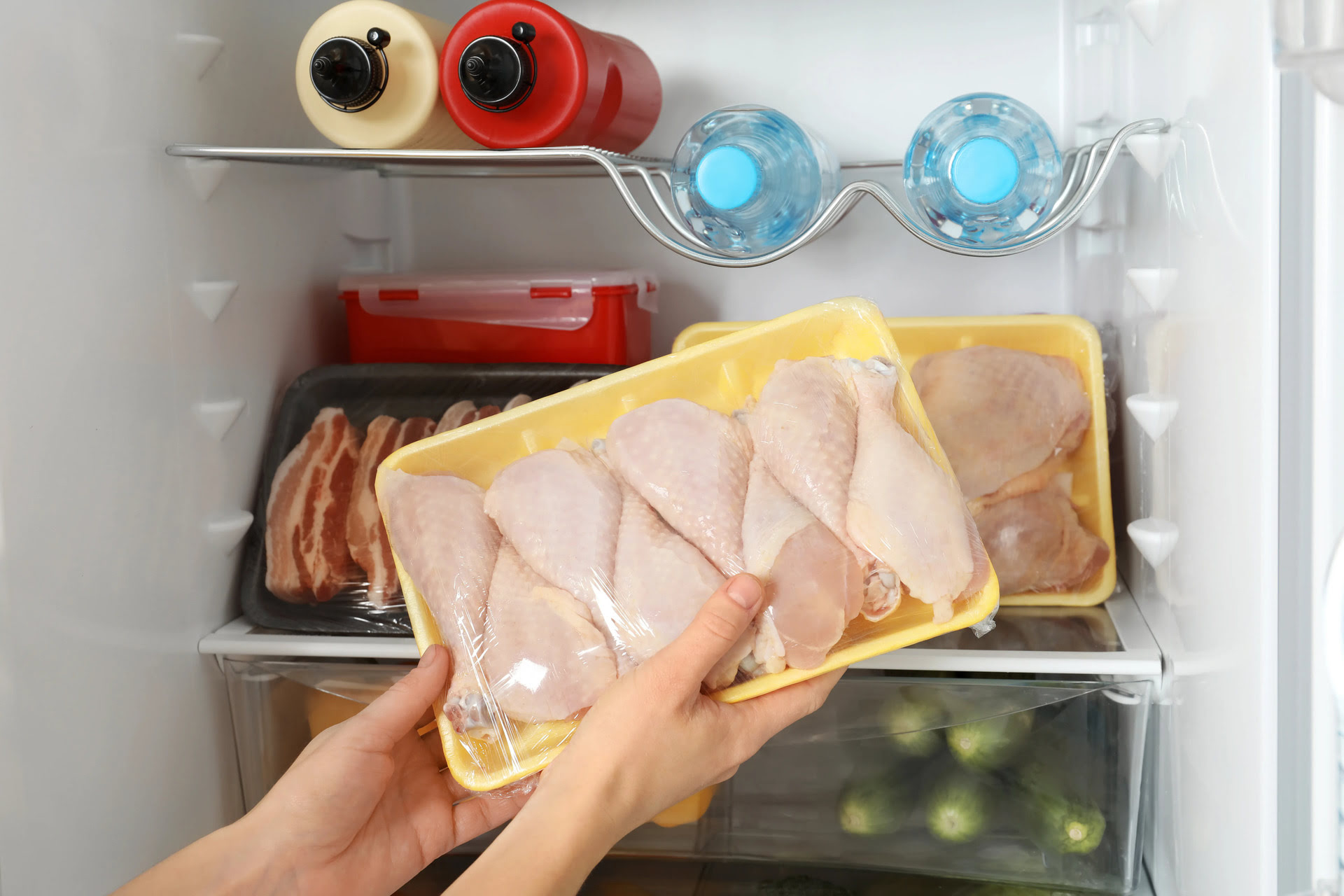
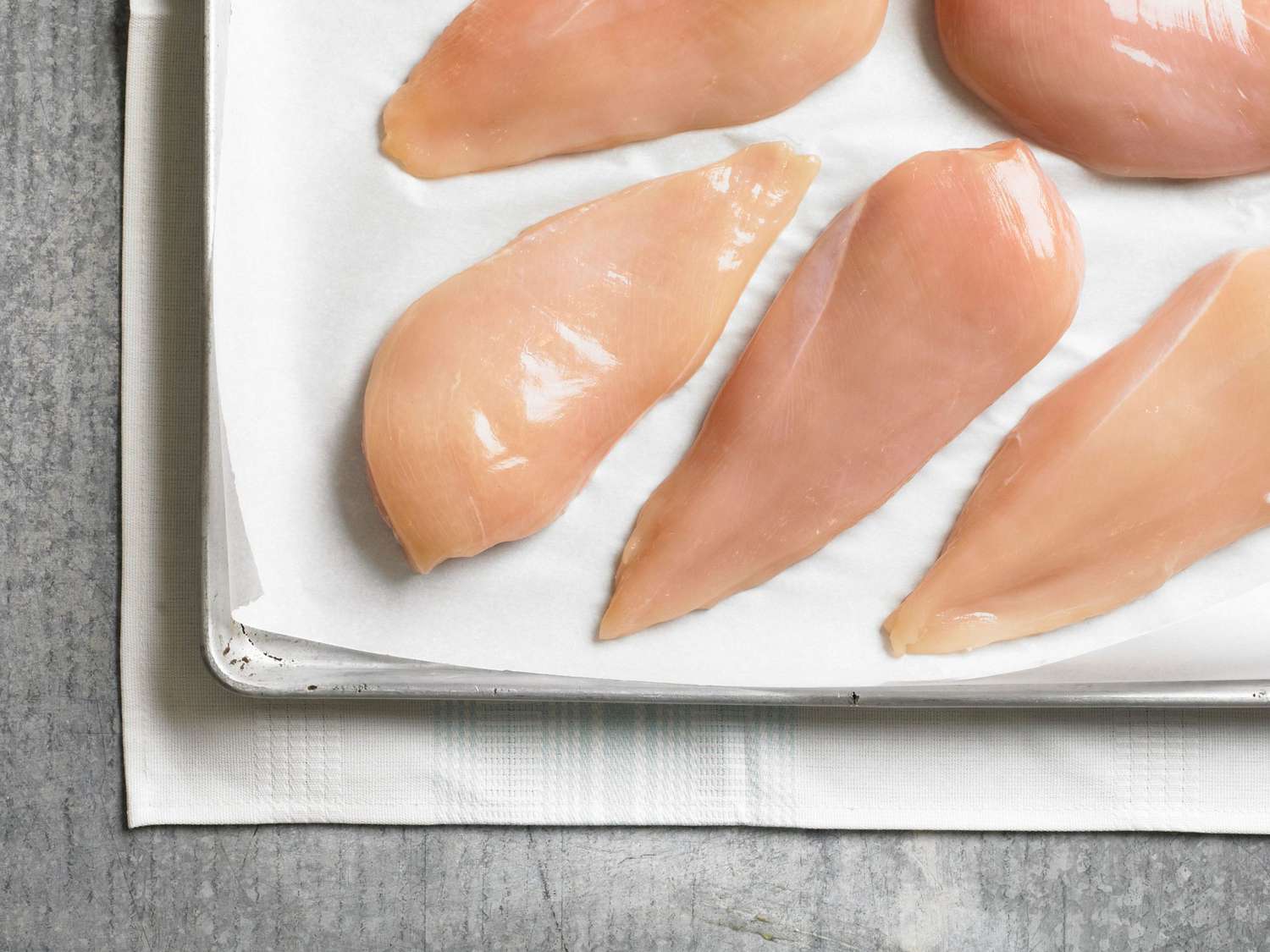
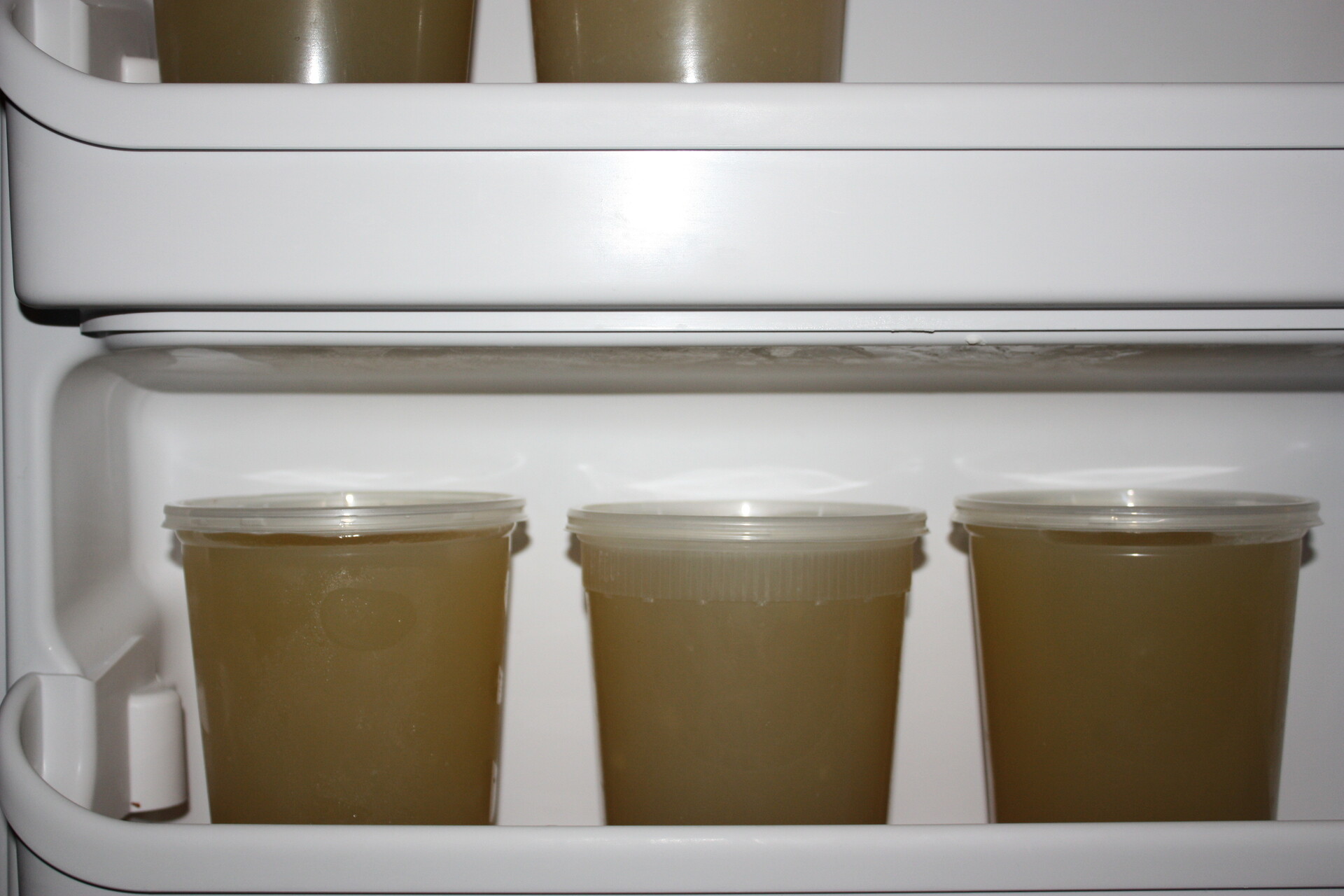
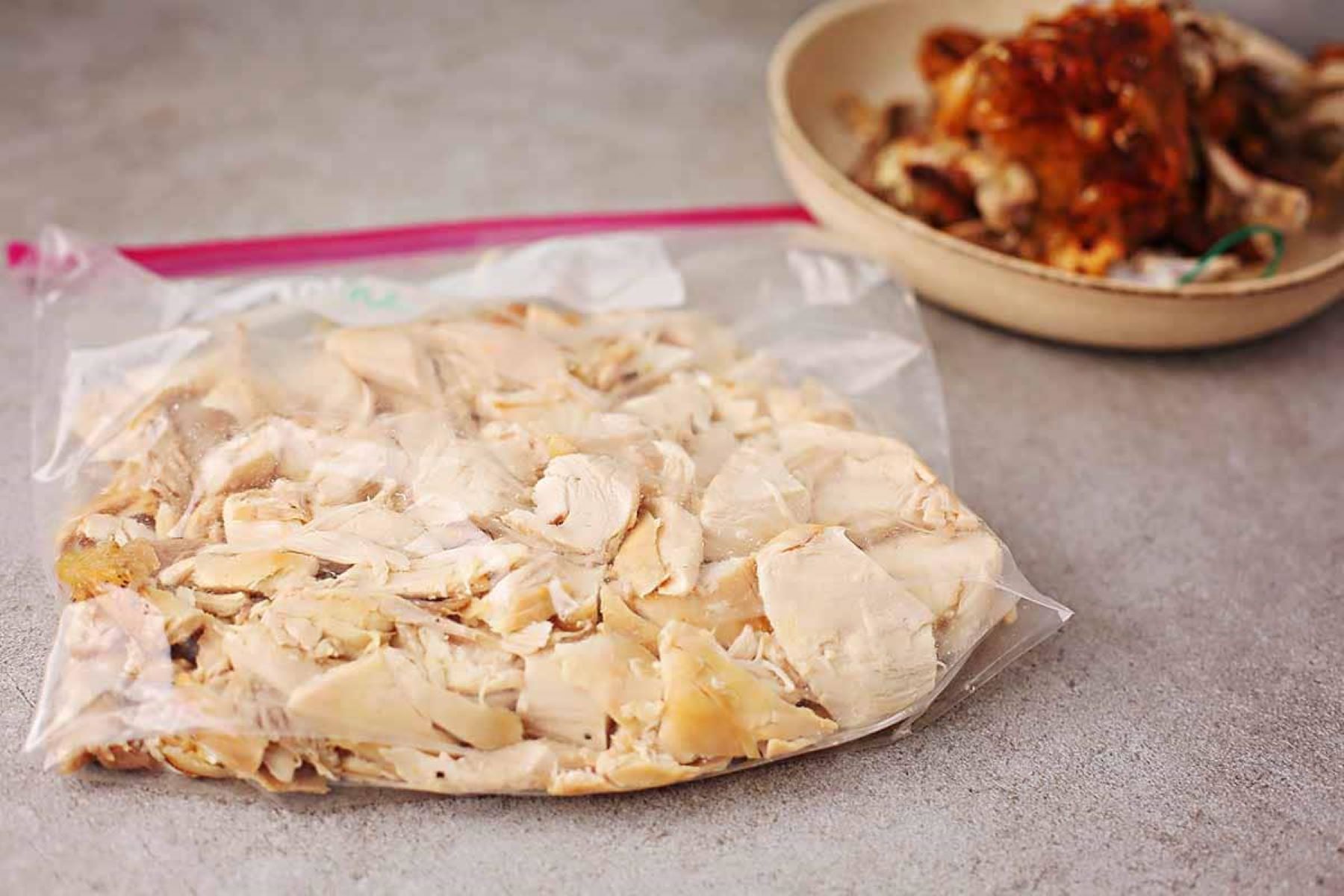
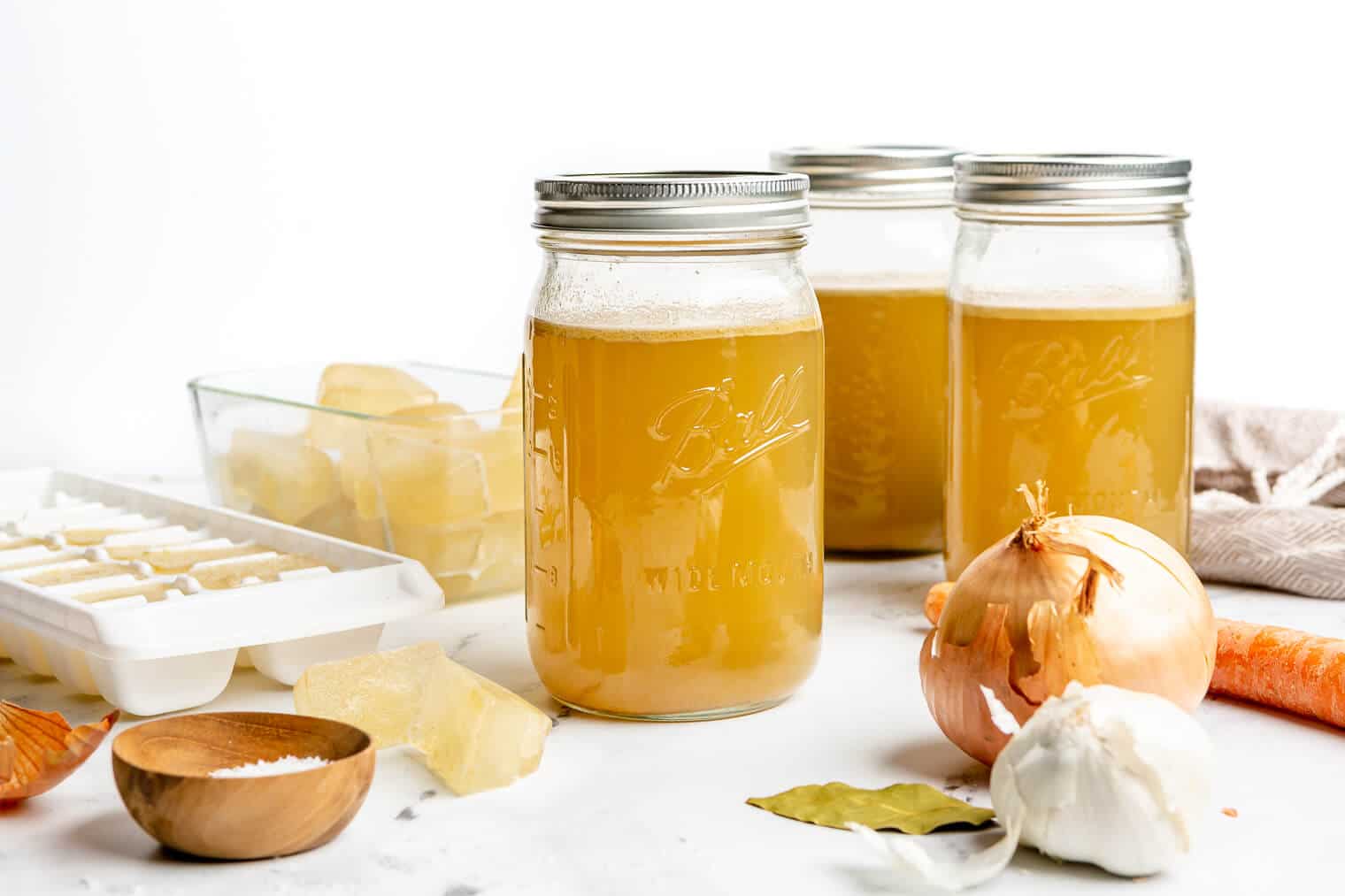
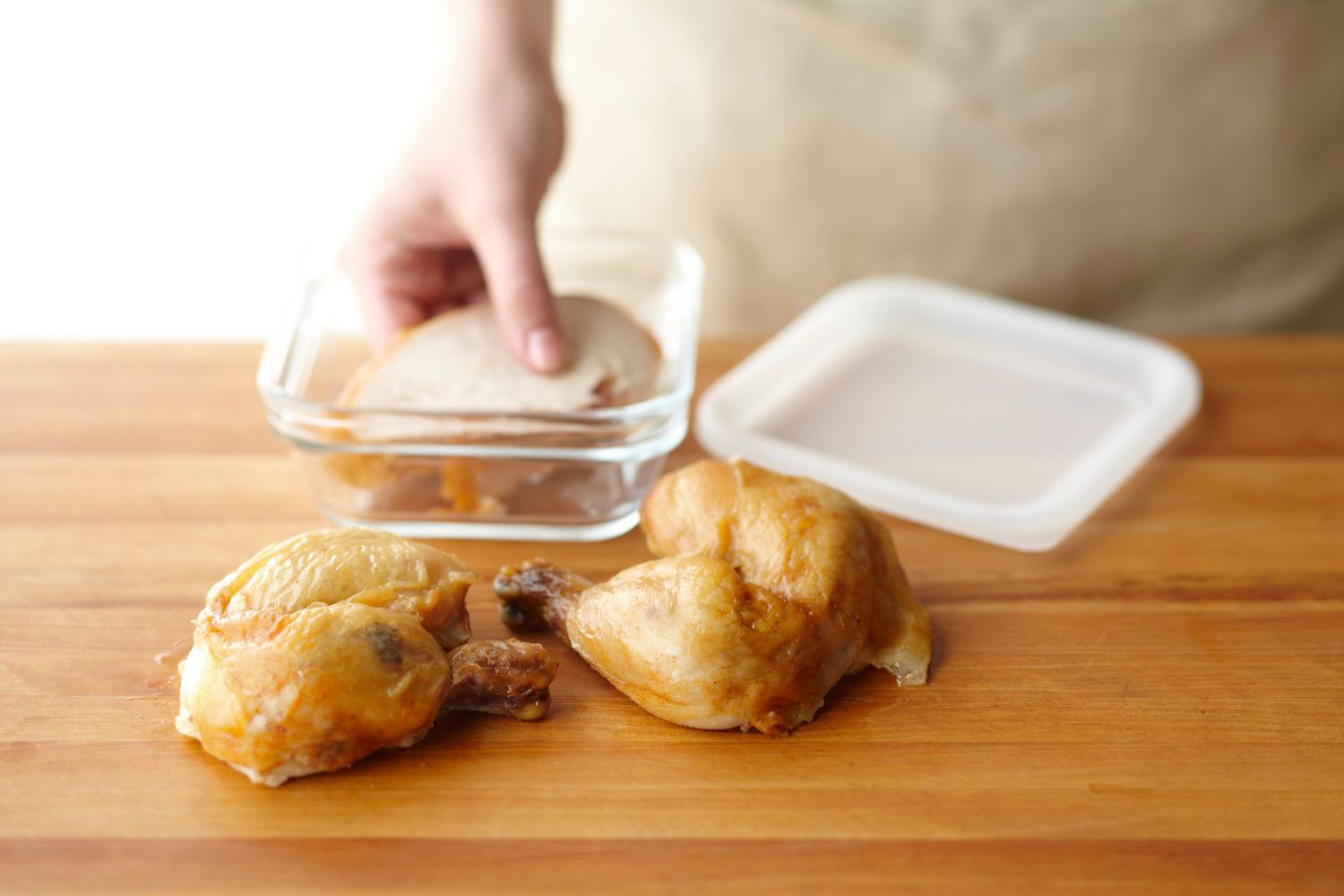
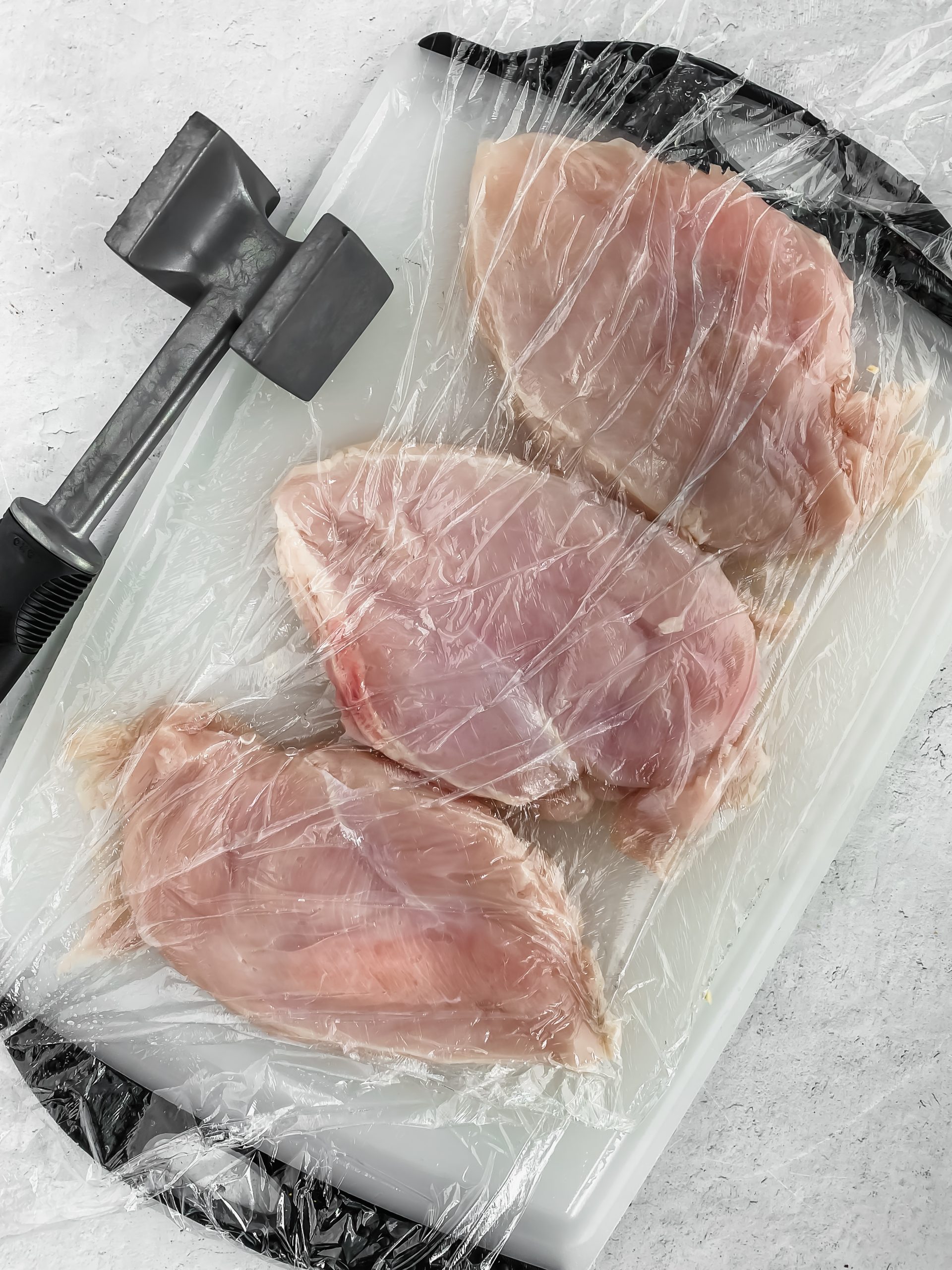
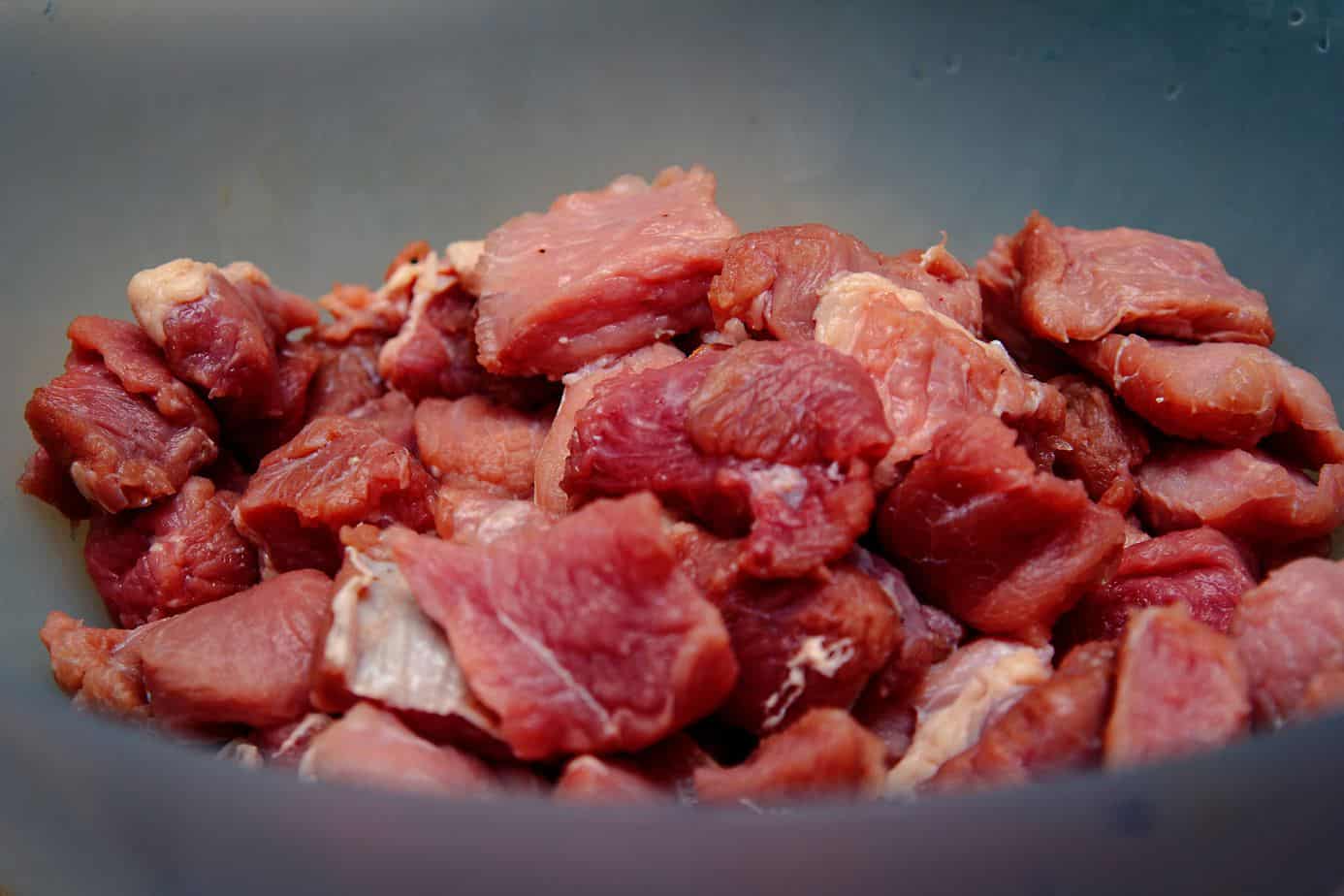
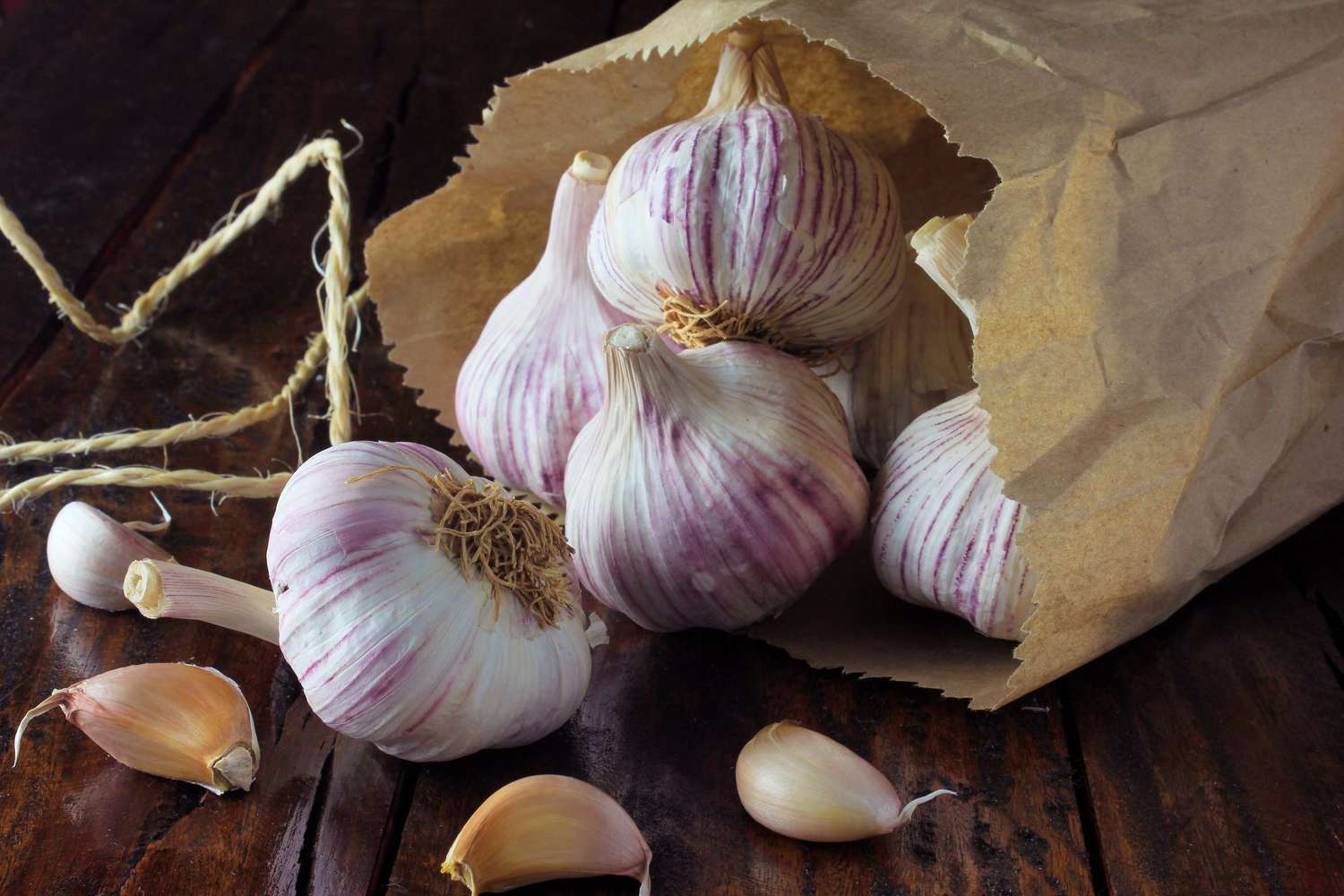
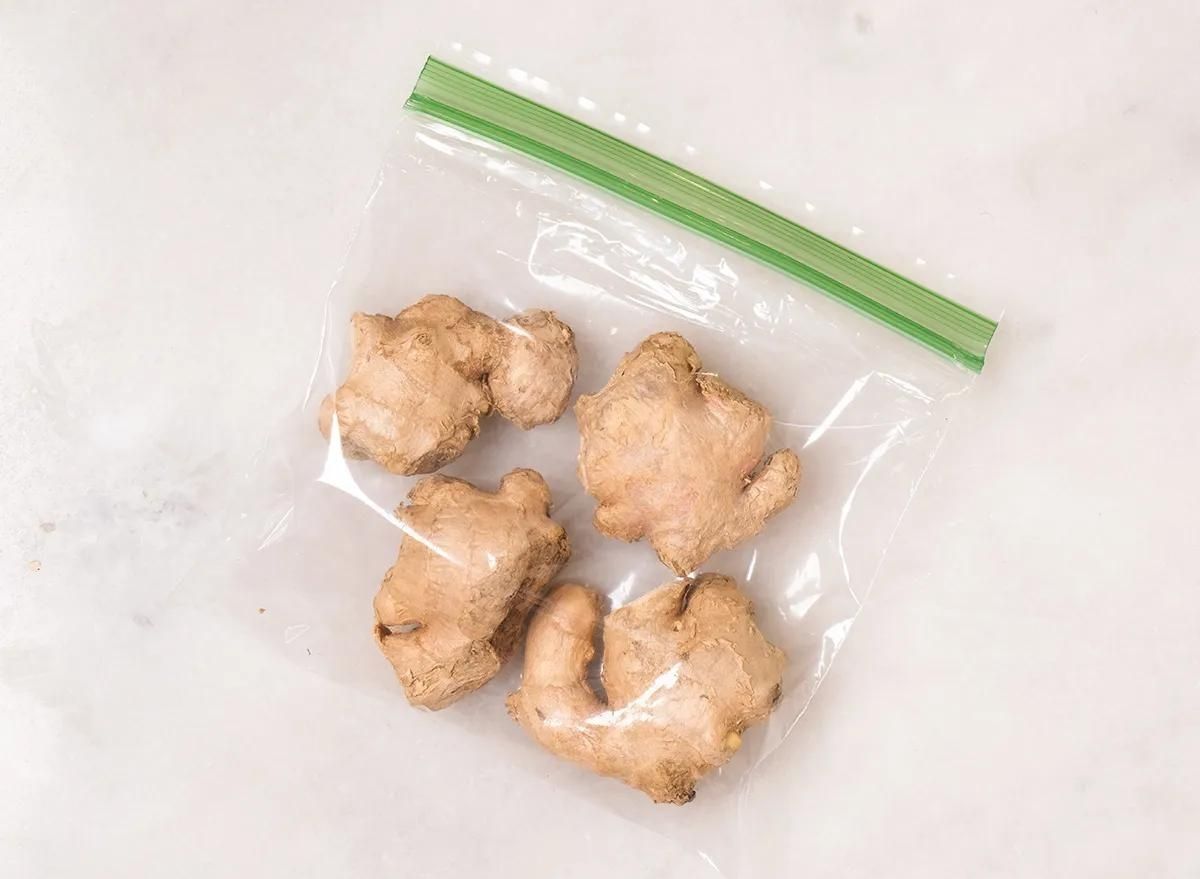
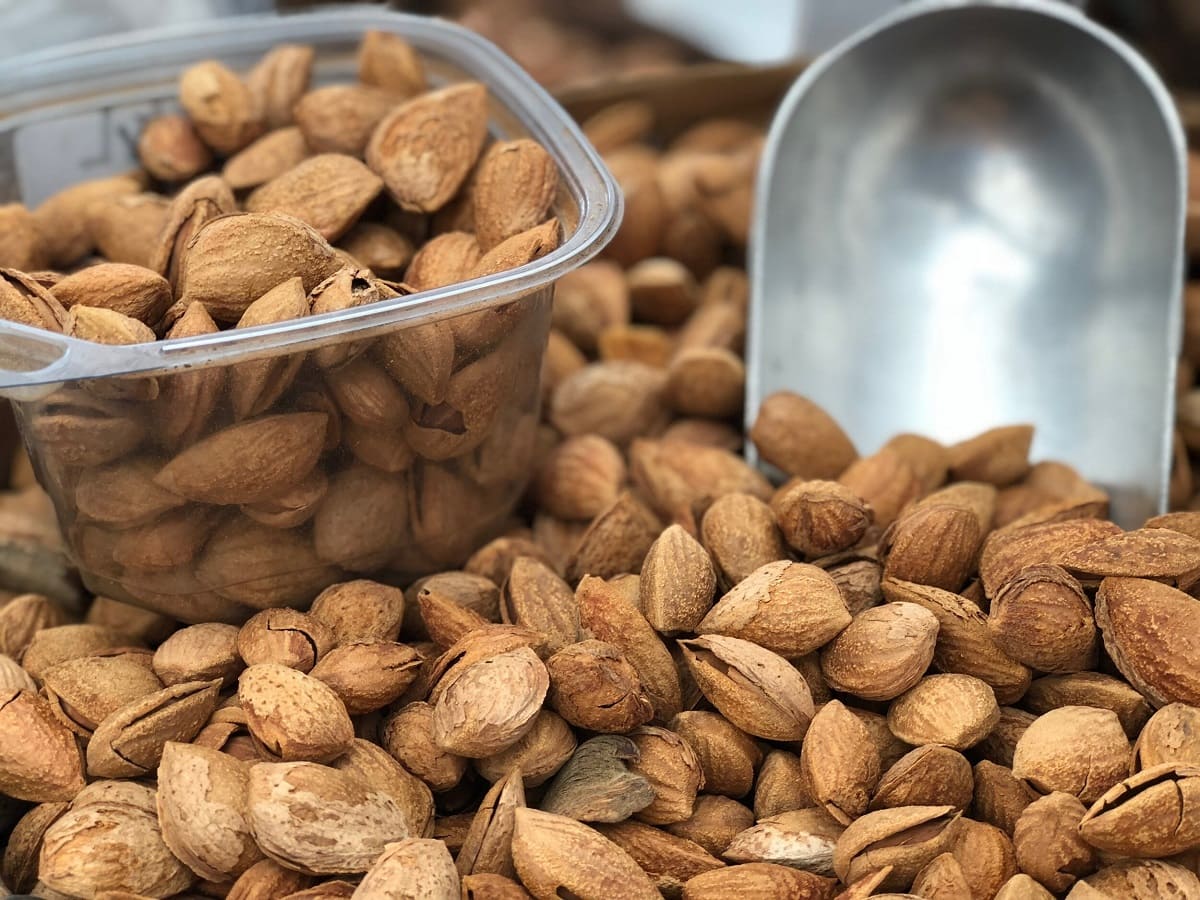
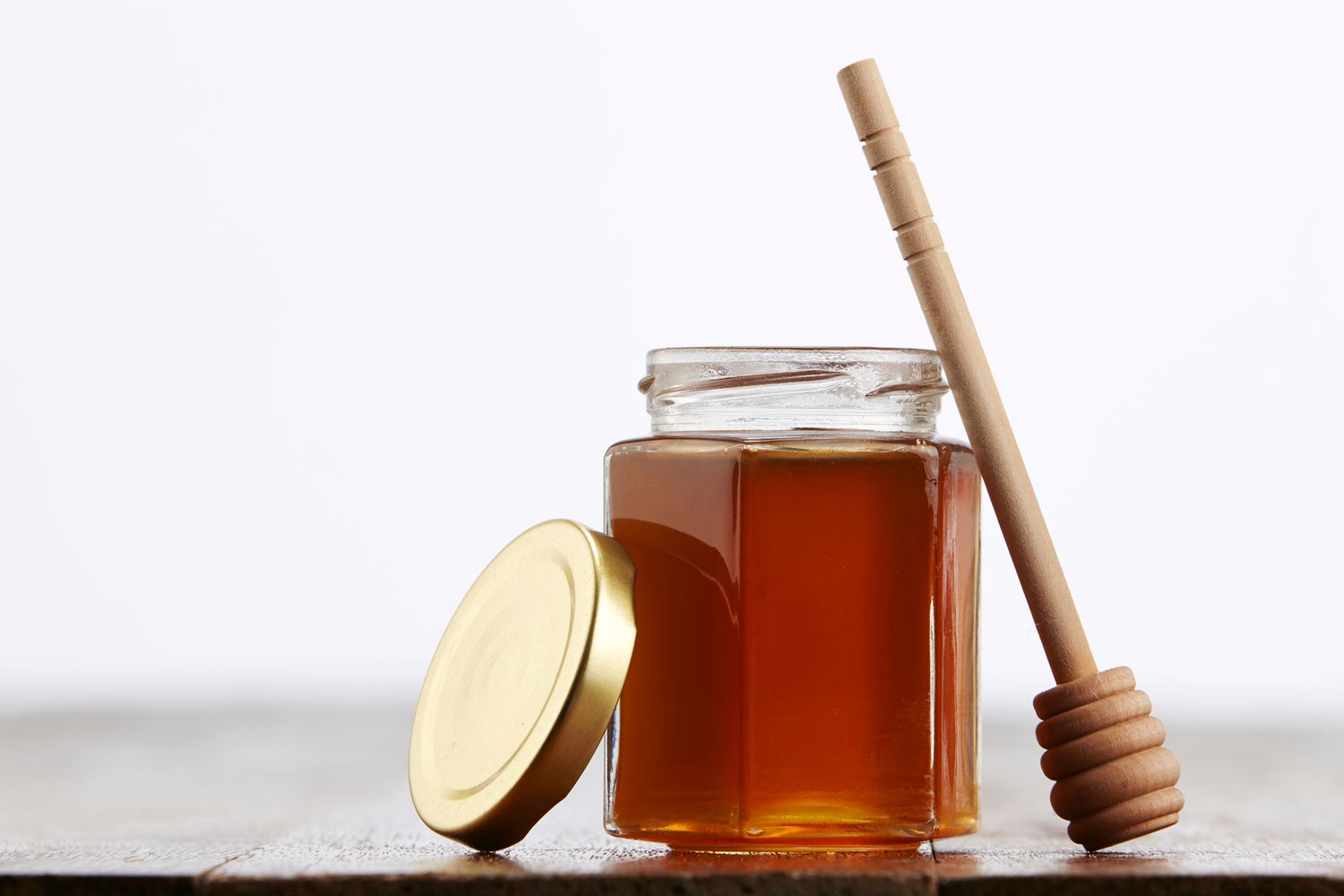
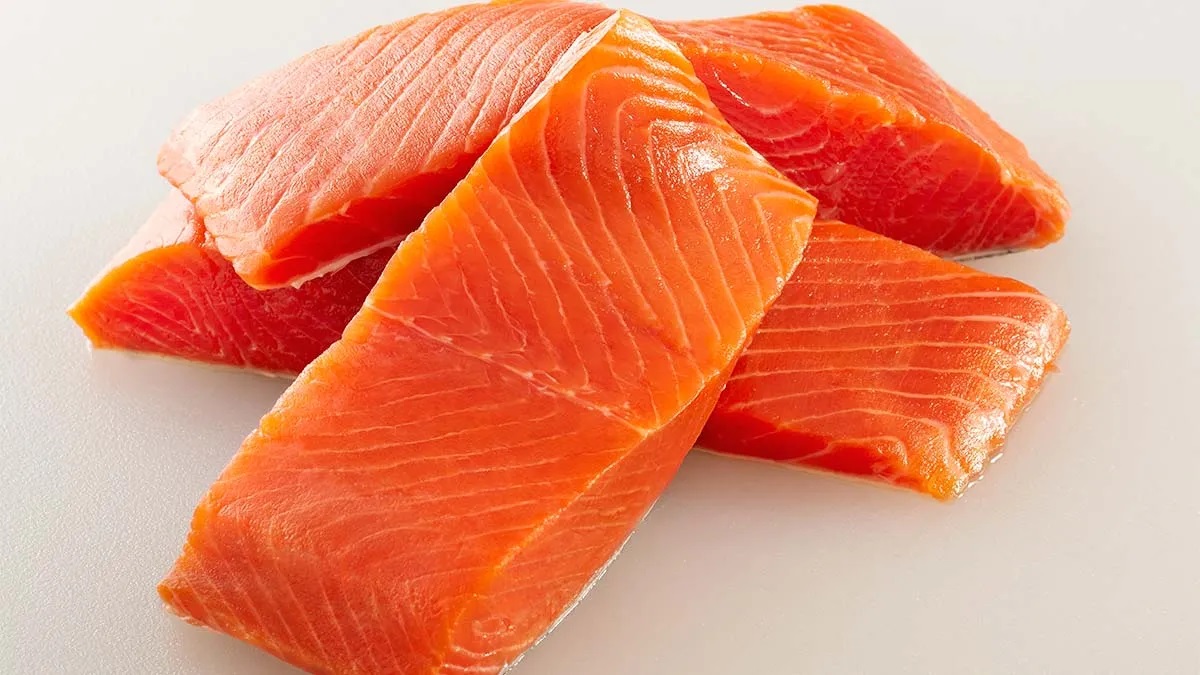

0 thoughts on “How To Store Raw Chicken In Freezer”